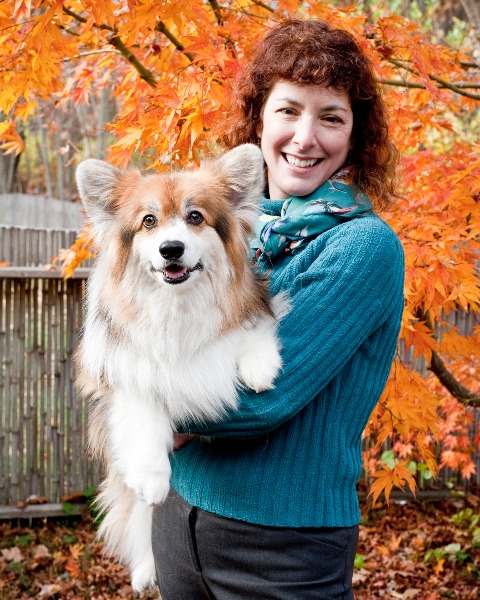Cardiology
Category: Research Abstract - ePoster
(C39) Red Blood Cell Morphologic Parameters and Indices in Dogs with Dilated Cardiomyopathy Differs Between Diets
Thursday, June 15, 2023
4:05 PM - 4:20 PM ET
Location: Solutions Center Poster Park - Kiosk 10

Lisa M. Freeman, DVM, PhD, DACVIM (Nutrition)
Professor, Clinical Nutrition
Cummings School of Veterinary Medicine, Tufts University
North Grafton, Massachusetts, United States
Research Abstract – ePoster Presenter(s)
Abstract: Background – Diet-associated DCM can occur in dogs eating non-traditional diets (NTDs) high in pulses, but these diets also have been associated with changes in the erythron. Healthy laboratory dogs eating a high pea/lentil diet for one month had significant decreases in red blood cell count (RBC), hematocrit, and hemoglobin (Bakke et al, 2022). Decreases in RBC also were seen in two other studies in healthy dogs eating high pulse diets (Quilliam et al, 2021; Reis et al, 2021), but the cause is unknown.
Hypothesis/Objectives – To compare red blood cell morphologic parameters and indices between dogs with DCM eating NTDs or TDs.
Animals – Forty-six dogs with DCM: 38 eating NTDs (pulses in the top ten ingredients) and 8 eating TDs (no pulses in the top ten ingredients).
Methods – RBC parameters were recorded from a complete blood count from the time of DCM diagnosis. A board-certified veterinary clinical pathologist (FC) blinded to dogs’ diets evaluated RBC indices. Variables were compared between diet groups using chi-square and Mann-Whitney U tests.
Results – RBC number (P=0.72), hematocrit (P=0.63), and hemoglobin (P=0.59) were not significantly different between diet groups. However, red blood cell distribution width (RDW) was significantly lower in dogs eating NTDs compared to TDs (P=0.01). Some RBC indices were more prevalent in the NTD group (e.g., poikilocytes, echinocytes, keratocytes, elliptocytes, and eccentrocytes), although none reached statistical significance.
Conclusions and clinical importance – RBC indices and lower RDW in dogs eating NTDs may provide clues to pathogenesis of diet-associated DCM.
Hypothesis/Objectives – To compare red blood cell morphologic parameters and indices between dogs with DCM eating NTDs or TDs.
Animals – Forty-six dogs with DCM: 38 eating NTDs (pulses in the top ten ingredients) and 8 eating TDs (no pulses in the top ten ingredients).
Methods – RBC parameters were recorded from a complete blood count from the time of DCM diagnosis. A board-certified veterinary clinical pathologist (FC) blinded to dogs’ diets evaluated RBC indices. Variables were compared between diet groups using chi-square and Mann-Whitney U tests.
Results – RBC number (P=0.72), hematocrit (P=0.63), and hemoglobin (P=0.59) were not significantly different between diet groups. However, red blood cell distribution width (RDW) was significantly lower in dogs eating NTDs compared to TDs (P=0.01). Some RBC indices were more prevalent in the NTD group (e.g., poikilocytes, echinocytes, keratocytes, elliptocytes, and eccentrocytes), although none reached statistical significance.
Conclusions and clinical importance – RBC indices and lower RDW in dogs eating NTDs may provide clues to pathogenesis of diet-associated DCM.


